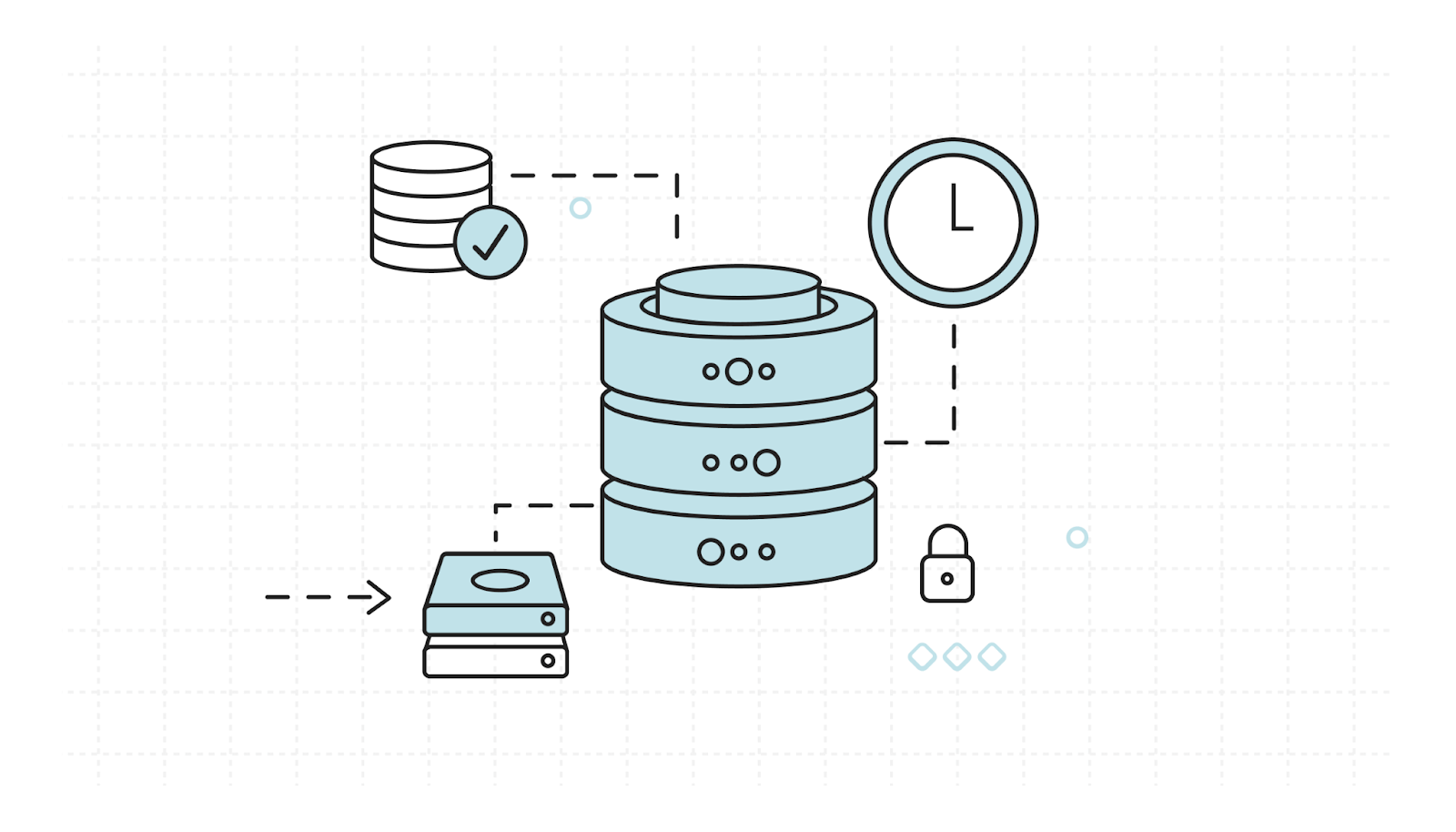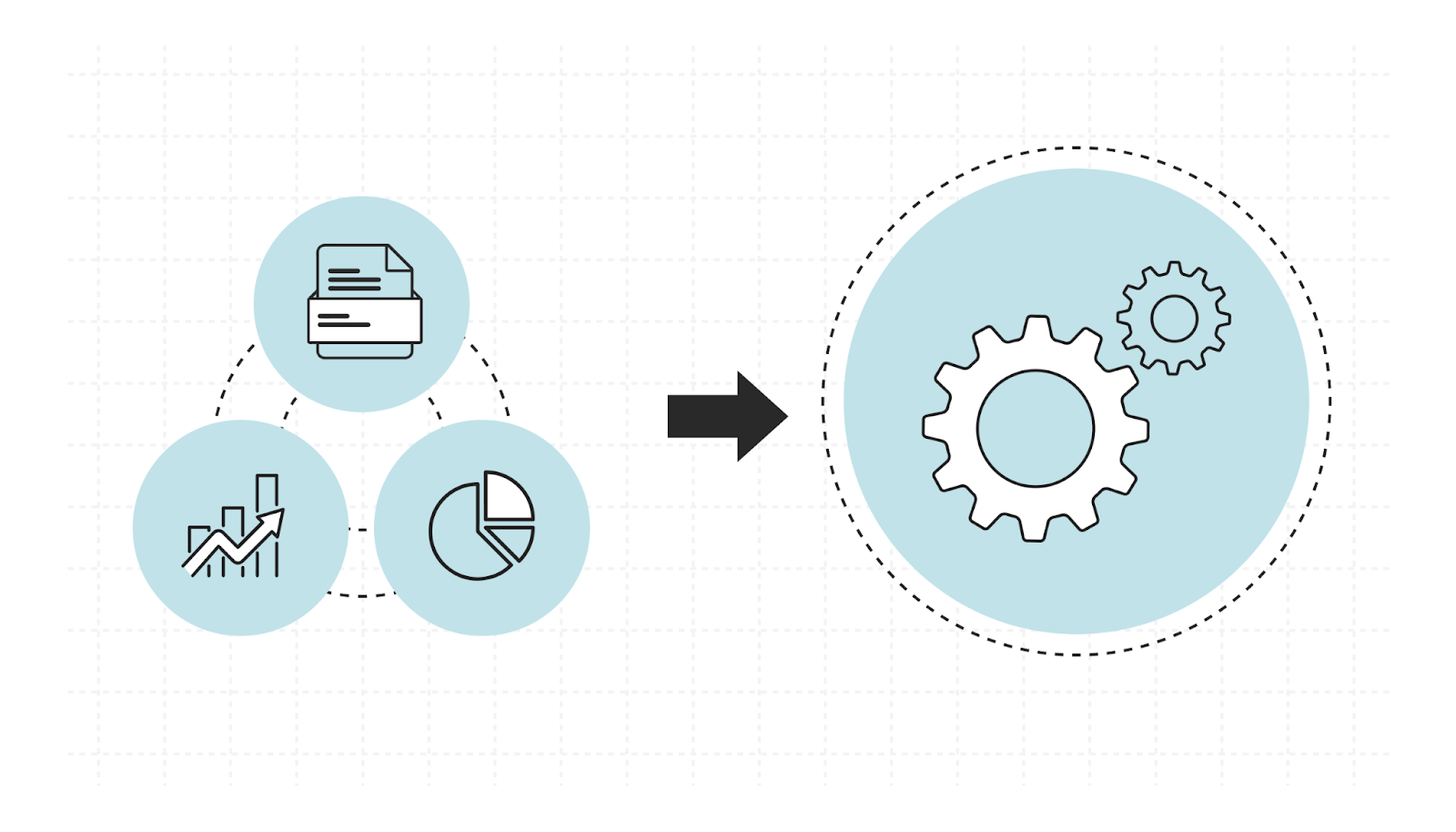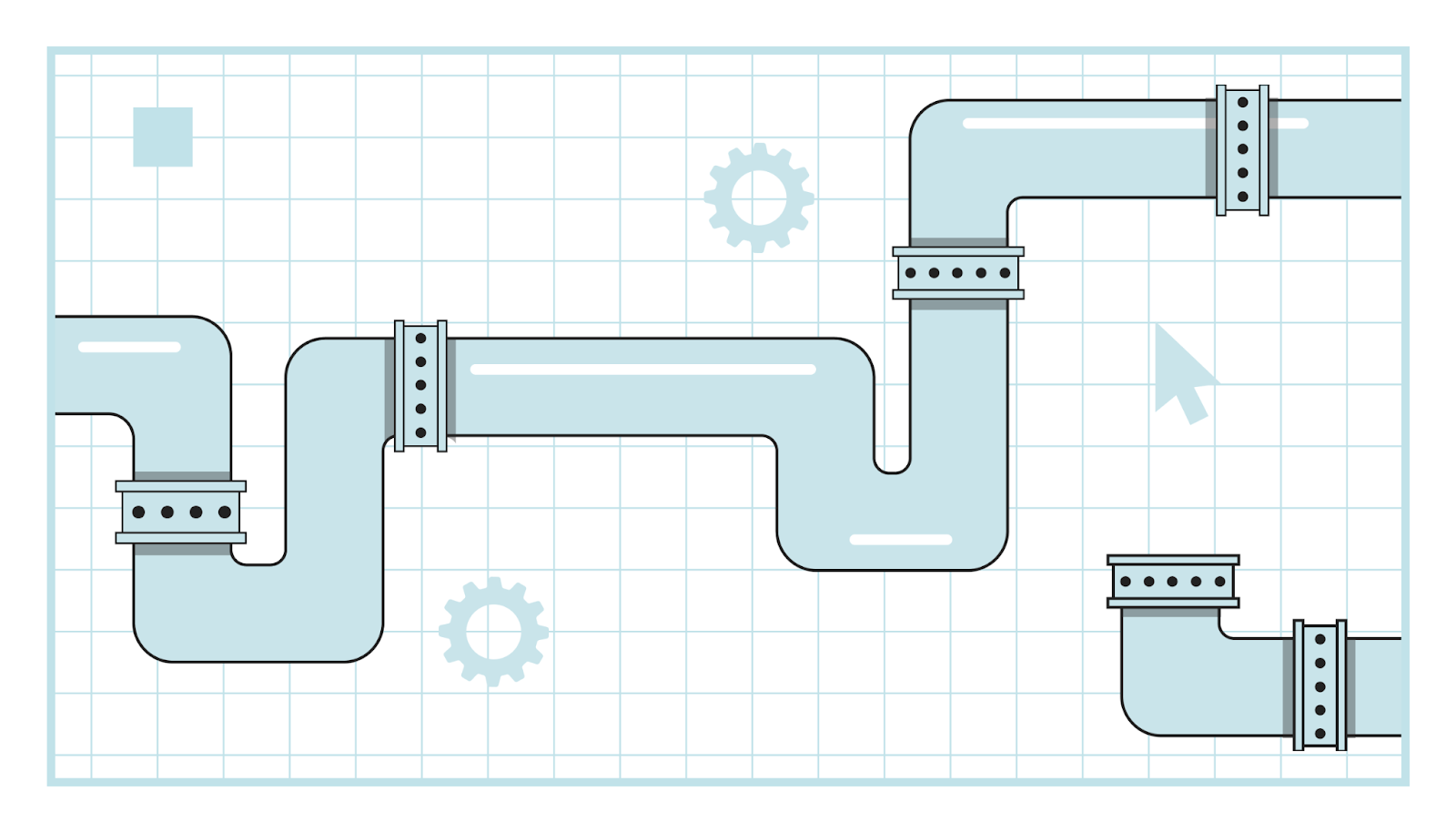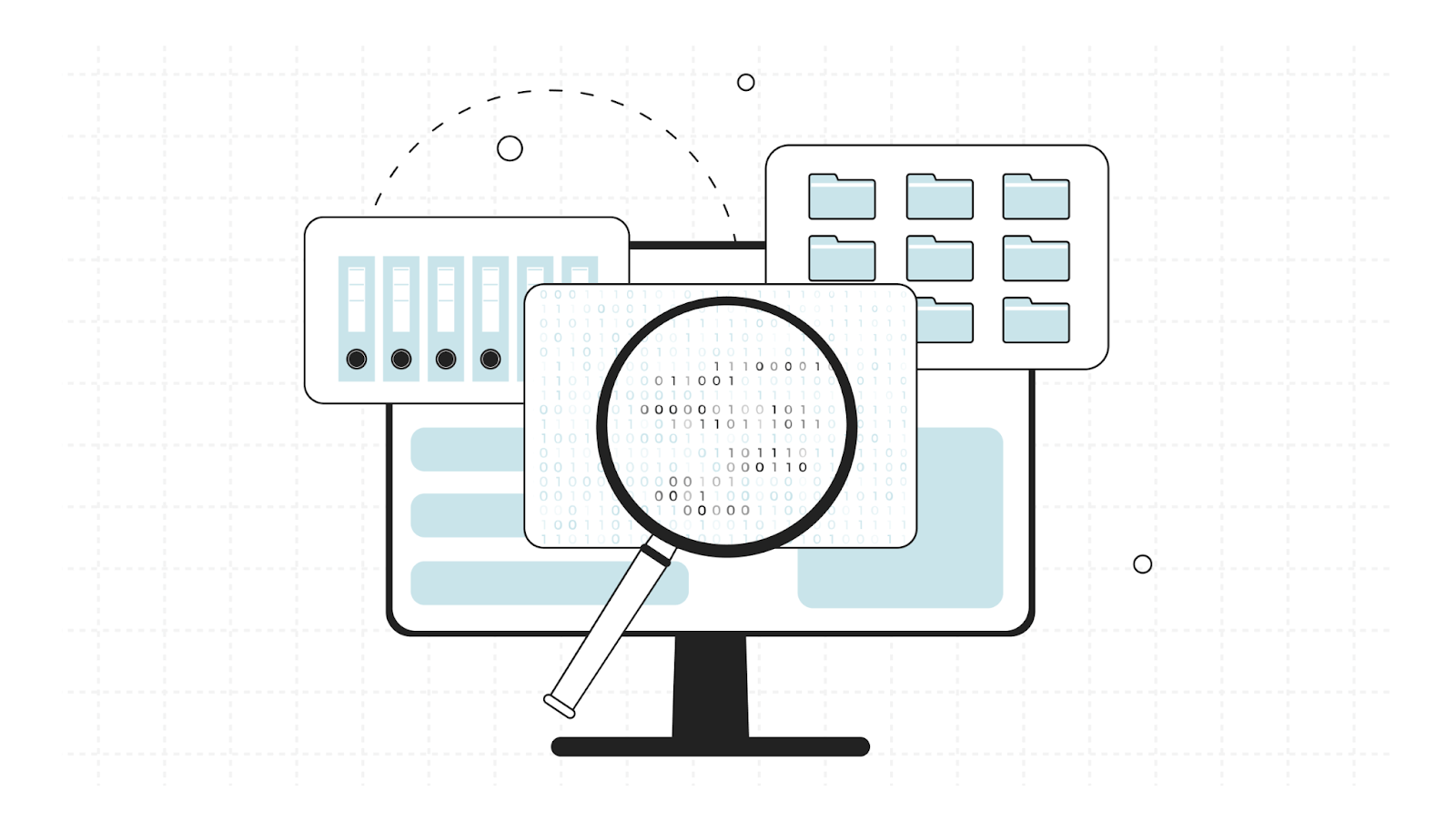Operational data stores: Purpose, benefits, and use cases
Operational data stores: Purpose, benefits, and use cases

How can you make decisions about your company's future when you don’t know what’s happening right now? Collecting data is great, but it’s useless when it’s locked away in siloed systems.
Operational data stores solve this data management problem by ingesting, integrating, and serving up real-time operational data in one place.
In this article, you’ll learn why operational data stores are vital for enterprises. We’ll cover what an operational data store is, how it fits into your existing ETL workflow, and how Fivetran can help.
What is an operational data store?
An operational data store (ODS) centralizes data from multiple sources into a single destination, making it available for immediate querying and reporting.
Source systems can include:
- Transactional databases, like an ERP platform
- External data feeds, like finance and banking apps
- Operational data sources, like inventory and warehouse management systems
Leaders gain visibility into core business metrics, enabling them to make data-driven decisions about issues such as inventory, customer service, and hiring.
For example, an international retailer can use an ODS to centralize information from in-store point-of-sale systems, e-commerce platforms, and its loyalty app.
Rather than manually searching individual sources, decision-makers can view inventory levels, track sales, and monitor customer loyalty in one place. Increased data accessibility and accuracy let them optimize pricing strategies, marketing campaigns, and personalization efforts faster.
An operational data store is often integrated into a business's larger operational systems, as its applications and capabilities are powerful but limited. As a result, it’s important to understand the differences between an ODS and other databases, like a data warehouse.
Operational data store vs data warehouse
An operational data store and a data warehouse are both centralized data repositories, but they serve different roles within an organization’s analytics ecosystem.
While enterprises use ODS for real-time operational reporting, data warehouses are used for longer-term, historical data analysis. They consolidate large volumes of data from sources (including an ODS) into denormalized formats optimized for the kind of complex queries this type of analysis demands.
Unlike an ODS, which can update hourly, data warehouses typically load data in batches. This makes them unsuitable for immediate operational decision-making but ideal for trend analysis and long-term reporting.
In a retail store, leaders would use an ODS for a real-time operational view of inventory and sales, but would use a data warehouse to understand long-term sales patterns or customer behavior.
This table summarizes the key differences between operational data stores and data warehouses:
How do operational data stores work?
An ODS operates by continuously capturing live data changes from source systems, storing that information, and presenting it for analysis.
- Identify new data from source systems
- Replicate and ingest data into the ODS environment
- Present data for analysis
- Offload or archive obsolete data
- Transfer data to warehouses and other data stores

Here’s more detail on each step of the process.

How does an operational data store fit into an ETL workflow?
Operational data stores often serve as an intermediary layer between source systems and downstream environments like data warehouses and data lakes.
You can see where they fit in the diagram below:

Ingesting data into an ODS works similarly to an extract, transform, and load (ETL) workflow, but with one key difference: it skips the transformation.
While extract, transform, load (ETL) systems transform data before sending it to a data store, an ODS keeps data in its original format.
Suppose you want to use your operational data store as a temporary holding place before moving it to a warehouse. In that case, you’ll use ETL tooling to transform and load the data before transferring it to a permanent location.
ODSs operate with some advantages and disadvantages. Learn more about them below to see if an ODS is right for your needs.
Advantages and disadvantages of an operational data store
For many organizations, operational data stores have become an integral part of business operations. But they aren’t perfect. Understanding the strengths and limitations of an ODS will help you create a solution that meets your needs.
What are the advantages of an operational data store?
An ODS offers several advantages to organizations that need rapid access to up-to-date operational data. These include:
Near-real-time data access
An ODS boosts a company's operational reporting capabilities by leveraging powerful data statistics and sophisticated reporting that many traditional data warehouses can’t handle.
Having access to high-quality, real-time data is essential. A McKinsey report found that executives spend around 37% of their time making decisions, and more than half of that time is ultimately ineffective.
Breaks down siloes
ODSs provide a holistic view of your operational data by aggregating previously siloed data from separate source systems. Better visibility enables leaders to more effectively diagnose problems and identify opportunities.
Improved data accuracy
An operational data store can be more reliable and contain fewer errors than other data solutions. Improved data integrity helps decision-makers feel confident that the source of their decisions is accurate and trustworthy.
You can also set up business rules for your operational data store that define how often it should be refreshed, checked for redundant information or scrubbed of data.
Improved efficiency and decision making
You can create separate operational data stores for specific business areas or subjects, enabling executives across your entire organization to access data and make better decisions. Leaders have self-serve access, too, without the need to consult a data team or wait long periods for a report.
An operational data store requires minimal data transformation compared to a data warehouse. This means data can be made available for immediate use without complex processing, reducing the time and resources needed to prepare it for analysis.
Customer service potential
Operational data stores can be leveraged for customer-facing applications. For example, an operational data store lets you send real-time updates to your customers and answer their queries faster.
Providing a personalized customer experience like this is key to winning loyal, repeat customers. In fact, 72% of consumers expect the businesses they use to recognize them as individuals and know their interests.
Disadvantages of an operational data store
While ODSs have their place, there are a couple of drawbacks to consider before implementing one.
They can’t handle complex queries
If you're looking to run complex queries or examine historical data, you'll need to look elsewhere. While operational data stores are excellent for their real-time snapshot reporting, they can't do the heavy lifting of a full data warehouse supported by an ETL pipeline.
They are high maintenance
An ODS can also be a high-maintenance tool and extremely volatile. Often, a data engineer is necessary to maintain an ODS. If your organization doesn't have dedicated data personnel, that's something to consider.
They struggle to scale
High costs, large volume rates, and high concurrency make scaling ODSs to include more resources or data very difficult and sometimes impossible.
Evaluate all the possible benefits and challenges that operational data stores pose before deciding to integrate one into your business processes. You can overcome many of these challenges using Fivetran. More on that below.
Operational data store use cases
ODSs are very versatile and support a wide range of business scenarios where access to operational data is critical. Use cases include:
Here’s more information on each use case to improve your understanding of an ODS’s practical applications:
Business health dashboards
Use an ODS to create real-time operational dashboards that display current business metrics such as sales, inventory, and customer interactions. Because the ODS ingests fresh transactional data from multiple systems instantly, dashboards can reflect the latest state of operations.
Example: A retail chain uses an ODS to power a daily sales dashboard that updates hourly, showing store performance, product availabilit,y and customer footfall across locations.
Order fulfillment
Use an ODS to aggregate order information from various systems, including e-commerce platforms, warehouse management platforms, and shipping carriers, into a single view. This will improve operational efficiency and spot errors in your delivery process.
Example: An e-commerce company tracks real-time order status from placement to delivery in an ODS, letting customer service reps provide accurate updates.

Fraud detection
Use an ODS to analyze transactions and flag suspicious activity as it occurs. Because fraud detection requires examining recent data in near real-time, an ODS is ideal.
Example: A financial services provider integrates payment transactions, login attempts, and device data in an ODS, triggering alerts for unusual spending or access behaviors.
Customer 360
Use an ODS to create a unified, 360-degree view of the customer by consolidating purchase history and interaction data into a single platform. It will help you personalize offers and improve customer support.
Example: A B2B software provider company combines billing, technical support, and marketing engagement data in an ODS to provide reps with a holistic customer profile during support interactions.
Aggregating IoT data
IoT devices generate vast streams of data. An ODS can capture and organize this data for real-time monitoring and anomaly detection.
Example: A manufacturing plant collects temperature, machine status, and usage data from hundreds of sensors into an ODS, triggering maintenance alerts when thresholds are crossed.
Depending on your company's specific needs, there are numerous ways to use an operational data store. Dig deep into what you want to use it for and where it'll bring the biggest benefit.
How to implement an operational data store // Best practices for implementing an ODS
A carefully planned, well-thought-out deployment is necessary to maximize the benefits of an operational data store.

With these things in mind, you'll be ready to start using your operational data store as soon as it's ready to go.
Operationalize your data with Fivetran
Fivetran simplifies and accelerates the process of building an operational data store with a fully managed, automated, and low-code solution. Our wide range of pre-built connectors for well-known data sources makes it easy to ingest data while automating ETL procedures.
The result? You can spend more time on reporting, modeling, and decision-making, and less time on engineering complex pipelines.
[CTA_MODULE]
Related posts
Start for free
Join the thousands of companies using Fivetran to centralize and transform their data.








